
Electric Car Road Trips (starts 3:42): We go on a road trip with How on Earth’s Shelley Schlender to see how all-electric vehicles are exceeding “range anxiety” by driving coast to coast, all on electricity. Along the way we talk with Boulder Nissan’s Nigel Zeid about regional plans to help more drivers “plug in” and with Hunter Lovins, head of Natural Capitalism Solutions.

Renewable Energy Nation (starts 11:53): Joel Parker talks live with NOAA scientist Alexander MacDonald and Christopher Clack, a mathematician at the University of Colorado-Boulder. They have developed a model that demonstrates how the entire U.S. can run on solar and wind power–with existing technologies, with no batteries, and at lower cost than today’s prices–within 15 years. For more information, see this video and these animations of:
U.S. Wind Power Potential
U.S. Solar Power Potential
U.S. Power Flow
(added 2018 January 1 : see this article https://futurism.com/macro-grids-future-renewable-energy/)
Hosts: Joel Parker, Beth Bennett
Producer: Shelley Schlender
Executive Producer: Joel Parker
Engineer: Shelley Schlender
Additional Contributions: Susan Moran
Listen to the show:
Podcast: Play in new window | Download (Duration: 24:23 — 22.3MB)
Subscribe: RSS




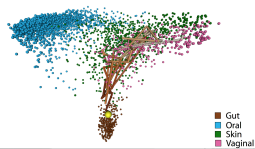
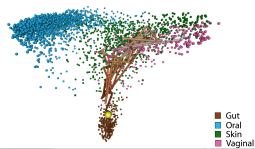 Using the Microbiome to Determine Time of Death (starts at 5:40): This week on How on Earth, we speak with
Using the Microbiome to Determine Time of Death (starts at 5:40): This week on How on Earth, we speak with 
 What You Can Do About Global Warming (starts at 5:20): We interview Craig Hover, author of A World to Come Home To: Ending Global Warming in Our Lifetime. Craig is a licensed professional engineer with more than 30 years of engineering, project and facilities management, financial services and consulting. In his book he lays out a comprehensive vision of implementing sustainable strategies for reducing carbon emissions and reversing the current trends in climate change.
What You Can Do About Global Warming (starts at 5:20): We interview Craig Hover, author of A World to Come Home To: Ending Global Warming in Our Lifetime. Craig is a licensed professional engineer with more than 30 years of engineering, project and facilities management, financial services and consulting. In his book he lays out a comprehensive vision of implementing sustainable strategies for reducing carbon emissions and reversing the current trends in climate change.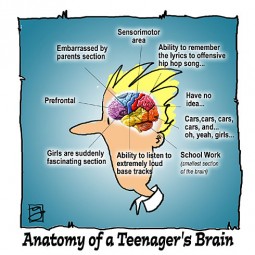
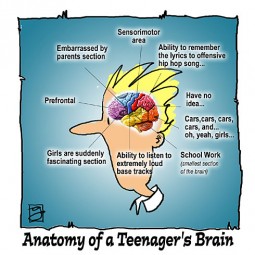





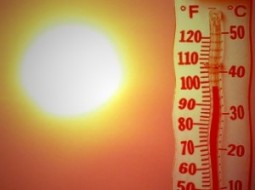
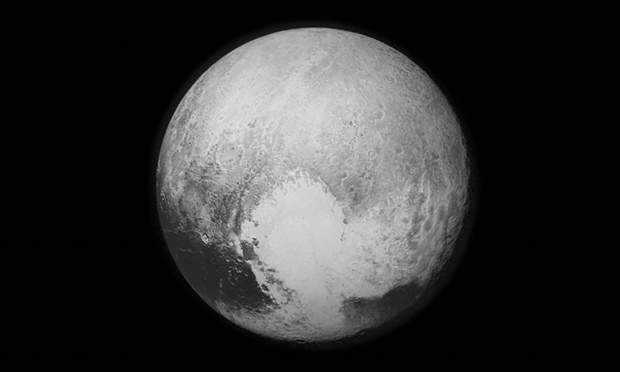
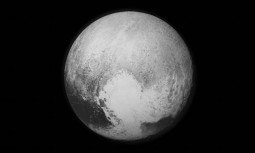 Pluto Flyby (start time 1:00): Joel Parker discusses the New Horizons mission from the command center live!
Pluto Flyby (start time 1:00): Joel Parker discusses the New Horizons mission from the command center live!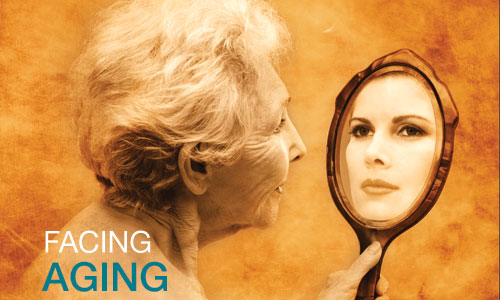


 An educator and perfomer, Len Barron first developed a piece about Einsteina and Bohr as a one man show, but then decided to evolve the project by enlist the help of 8 grandmothers to tell the story with their own added pizazz. Not only was lively performance produced, but a process and experience was shared. This process was captured by documentary film maker Robin Truesdale in a film coming to the Dairy Center this weekend entitled A Beautiful Equation. Both Robin and Len have joined us today in the studio to tell us more about the film, the process, the scientists and the grandmothers.
An educator and perfomer, Len Barron first developed a piece about Einsteina and Bohr as a one man show, but then decided to evolve the project by enlist the help of 8 grandmothers to tell the story with their own added pizazz. Not only was lively performance produced, but a process and experience was shared. This process was captured by documentary film maker Robin Truesdale in a film coming to the Dairy Center this weekend entitled A Beautiful Equation. Both Robin and Len have joined us today in the studio to tell us more about the film, the process, the scientists and the grandmothers.